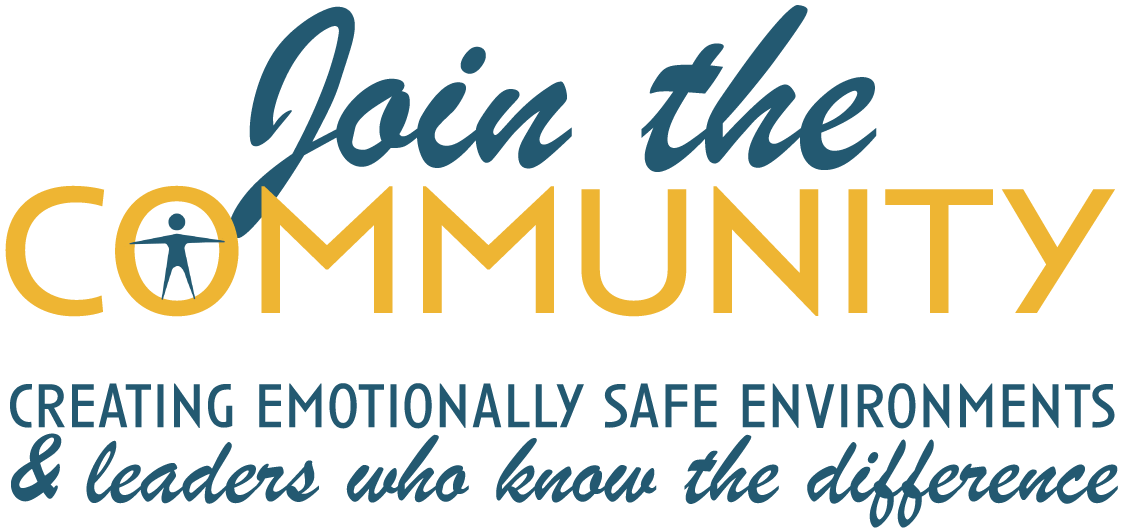The Community Filter
A series of questions that people should ask themselves before they speak or act.
Bringing the Fire Circle into Your School
For over twenty years, we have invited groups up to New Hampshire to take part in summers of collective growth, weekends of community building and moments of personal reflection. The symbolic image of our successes has been our fire circle. While everyone seems to enjoy the crisp night air, the warm crackling fire, and the occasional roasted marshmallow, these things are not what make it so important. The fire circle is the place where participants share their thoughts, views and, by doing so, build their community one conversation at a time. It is the place where emotional safety is a given. It is the time of the day when one can (appropriately) vent their frustrations, sing someone’s praises and seek advice.
Our Sisters’ School
OSS uses the fire circle and brands to recognize learners who have demonstrated consistent, humble leadership that makes their community stronger.
It should come as no surprise that you don’t need firewood and a match to create this place. The ideal educational setting is a series of proverbial fire circles, from the classroom to the hallways to the lunchroom. This will not happen overnight. It will happen when the students see their responsibility to their peers as equal to that of their responsibility to their grades and transcripts. It will happen when all school activities are run through what we like to call the “community filter.”
The “community filter” is the series of questions that people should ask themselves before they speak or act. “How does my action or how do my words affect the community?” “Is this activity more likely to bring the group closer together or further apart?” “Do I have an opportunity to lift someone else up?” This is clearly not an exhaustive list, but it is a good start. In the context of a high school, these questions might sound like this. “Is student government a popularity contest or does it elevate the right students?” “Are the students in my Chemistry class sitting in a way that is isolating another student?” “Is there a way to craft this project that allows students to spend time with those who they otherwise would not?”
In over twenty years in the field of experiential education, we found that the best way to have these conversations was out loud and often. Our students always knew what we were up to. We would tell them, “sit next to someone else because you and your best friend put off an exclusive vibe and it’s hard for others to approach you” or “today we are splitting up into groups and we designed the groups to build community.” We weren’t always met with smiling faces at first, but as soon as students realized that this was the culture, they bought in, cheered up and moved on. The result for our community was tremendous. Fortunately, this also made our lives smoother from an administrative point of view. We offer you the same. Your classroom, assembly halls, and lunchrooms will be more productive, more inclusive and in many cases, more successful.
Extensive research in the area of “social and emotional” learning has consistently tied this type of educational model to higher test scores as well as stronger communities. Are you ready to make the commitment, as an educator, to this kind of learning and this kind of change?


